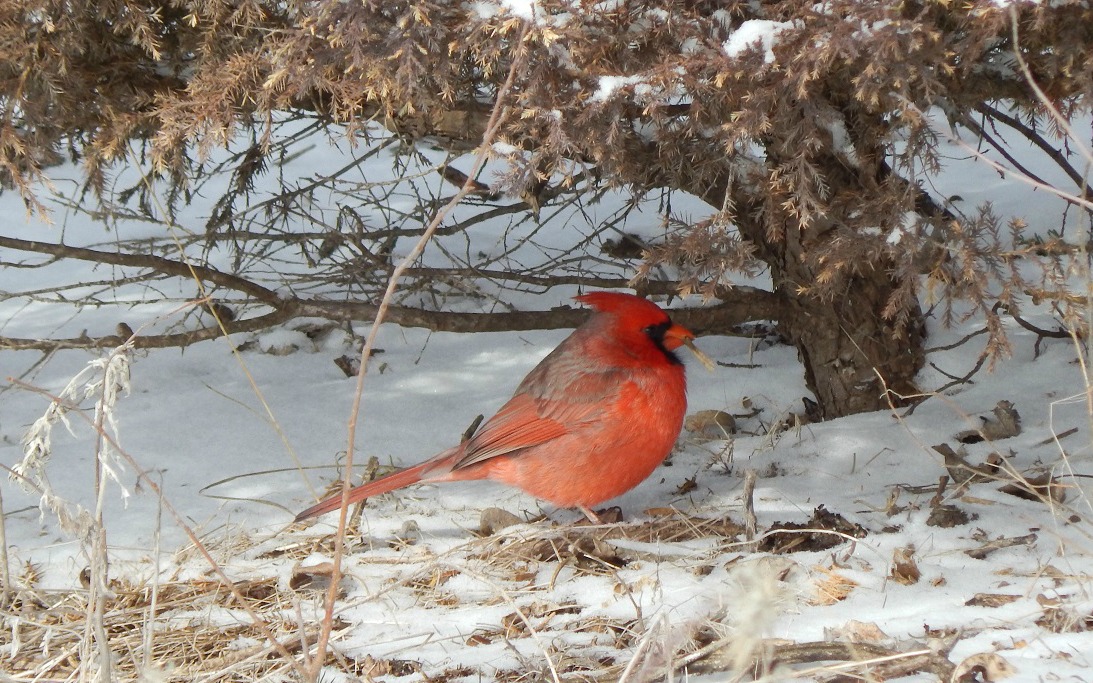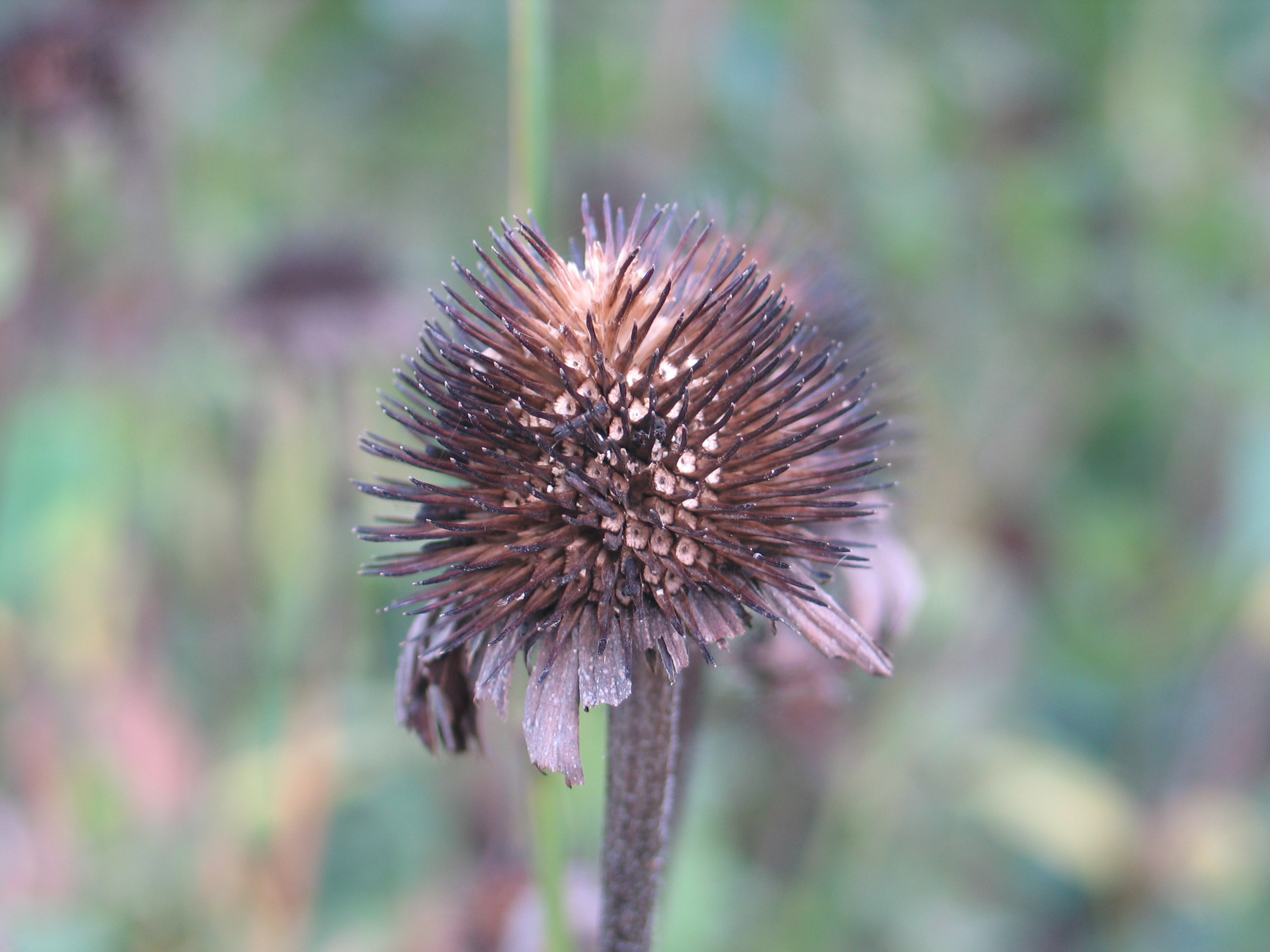With the recent cold snap, I am amazed that anything can survive outside. Snow and extreme temperatures make it a challenge for birds to get through the freezing nights. Birds have to change their diets from insects to berries, fruit and seeds rich in fats and antioxidants to make it through winter. They spend most of their time and energy trying to find food, water and shelter. Fruits and berries can truly be a lifesaver for overwintering birds. Here are a few trees and shrubs that will feed the birds during these long, cold months of the year.
Viburnum
This diverse collection of shrubs or small trees offers many great landscape plants. Most have attractive foliage with amazing fall color, clusters of blooms that develop into groups of tasty fruit for overwintering birds to devour. Some of the best varieties for our area have been Blackhaw Viburnum (Viburnum prunifolium) and Rusty Blackhaw Viburnum (Viburnum rufidulum). These two species are native to Kansas and produce abundant fruit that birds love. Other garden worthy forms are Arrowwood Viburnum (Viburnum dentatum ‘Blue Muffin’) and Leatherleaf Viburnum (Viburnum rhytidophyllum ‘Allegheny’).
Possumhaw Deciduous Holly- (Ilex decidua)
This large shrub often goes unnoticed for much of the year until late fall when the bright red berries form along the branches. Its shiny green leaves and light gray stems make it a desirable shrub for natural areas in your landscape. Since only female plants bear fruit, you must have at least one male plant in close proximity for best berry production. Usually after the first snow, birds will begin to eat the berries because the cold temperatures make them more palatable to wildlife. We have several forms of Possumhaw, such as ‘Council Fire’, ‘Red Cascade’, ‘Sentry’, and ‘Warren’s Red’. Over time, it tends to produce suckers from the roots, forming a multi-trunk screen.
Crabapples-Malus spp.
These trees are highly ornamental. The attractive spring blooms, interesting foliage, and bountiful fruit make them an ideal choice for nearly any landscape. They are quite adaptable and drought tolerant. Varieties with small fruit that hang on through the winter attract the most overwintering birds. Choose forms that are highly disease resistant to cedar apple rust, mildew, scab and fire blight. Some of the best are ‘Prairifire’, ‘Firebird’, ‘Royal Raindrops’, ‘Sargent’, ‘Callaway’, ‘Cardinal’, ‘Centurion’, ‘Pink Princess’, and ‘Robinson’.
Sumac-(Rhus glabra and typhina)
These fast-growing shrubs have ferny leaves and incredible fall color. The blood red foliage in autumn is striking. Typically, these shrubs spread by underground runners forming dense thickets, so find a spot where they can expand. The red fruit clusters at the ends of the stems are harvested by a variety of birds during the winter.
Junipers-(Juniperus virginiana)
This tree is the only native evergreen to Kansas. Junipers are extremely important to birds during the winter. Not only do they offer protection from the cold, but the female forms produce large quantities of berries often eaten by birds after other food sources have been exhausted. Two varieties we use in our landscapes are ‘Taylor’, a narrow form (4’ wide X 25’ tall) and ‘Canaertii’, a picturesque form (15’ wide x 35’ tall) with dense branches that look like arms.
Bonus: Native plants
Many wildflowers and grasses make great natural bird feeders. Coneflowers, grass seed heads, black-eyed susans, sunflowers, aster and goldenrods will be used by birds for food. The key is to not get too anxious to cut these plants down in the fall. Leave them through the winter for birds to enjoy. Cut them down next February or March in preparation for spring.
Creating a landscape that is bird friendly takes planning. Choose plants not only for their beauty, but also wildlife value. Your yard can become a hub of bird activity as they fuel up to endure the winter. A few well-chosen berry plants for birds will increase your enjoyment through the winter and throughout the year. Happy Birding!







